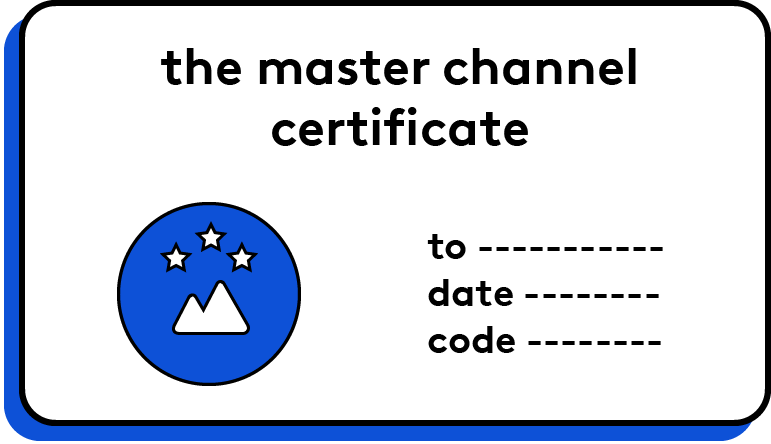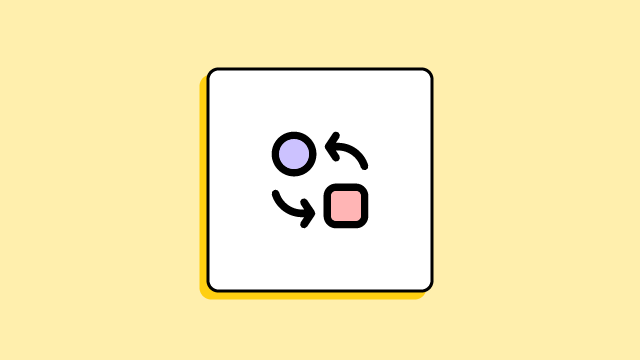Course
Fundamentals of Data Modeling
Structure your data clearly in a good model
What will you learn?
Reveal the complexity of data
Compared to some other techniques in business analysis, data modeling is straightforward. To build even the most complex and large data models, we only need three basic elements: entity types, attribute types and relationships.
But this simplicity hides the true power of the entity relationships diagram. The complexity lies not within the elements but in how those elements are used in practice.
But this simplicity hides the true power of the entity relationships diagram. The complexity lies not within the elements but in how those elements are used in practice.
Learn data modeling concepts using a running example
- What’s the use of a data model?
- What are the different levels of data models (conceptual, logical, physical)
- What are entity types, and how should we show them in the data model?
- What data do we want to store about entity types, and how can we show them in the data model?
- What are derived attribute types, composite attribute types and multi-value attribute types?
- What are relationships, and how should you define them?
- What about cardinality and optionality?
- How do you handle various special relationships?
Extensive material
With high-quality videos, challenging tests, tons of data modeling examples and practical downloads, you will learn all there is to data modeling.
Related Downloads
Measurement Pattern
Information Model Poster
Professional development
International Institute of Business Analysis (IIBA®)

Complete all the course content to earn your Continuing Development Units (CDUs) or PD Hours. The Master channel is an approved IIBA® Endorsed Education Provider for ECBA®, CCBA® and CBAP®. Learn more about our cooperation here.
The Master Channel - Mastery Level Certificate

Complete all the content of a course and earn a score of 80% or higher on the exam to earn your Mastery Level Certificate.

